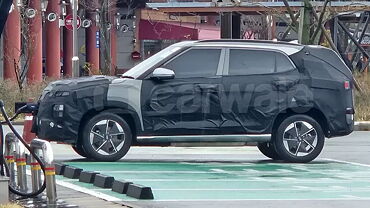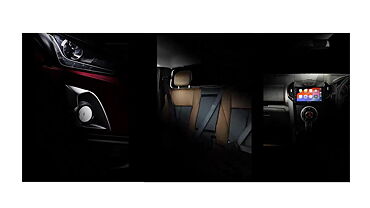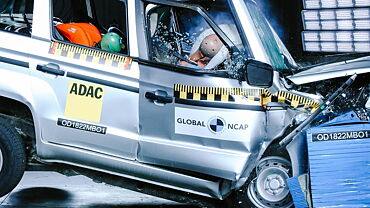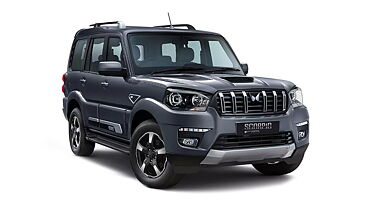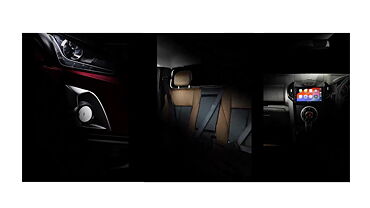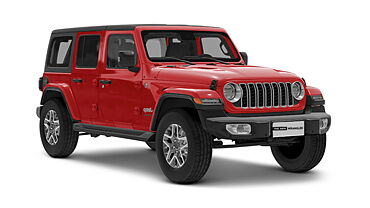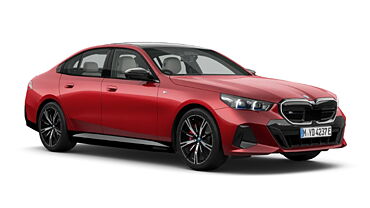The sheer range in terms of brands can make purchasing car tyres an exhausting experience. Given just how crucial a good set of tires is to how the car behaves on the road (and off it too, but that’s for another day), it is important that you narrow down upon the best option for you. Sadly, most people put off their tyre purchase until the last moment, risking their cars and their lives in the bargain. Truth is that a fresh set of tyres can work wonders on the driving characteristics of the car, improving its handling, braking and overall ride quality. So it is very important to know how to choose the right tyre for your car. These days, car manufacturers have multiple OEM tyre suppliers and new car buyers, can often negotiate with the dealer on having their car fitted with a tyre brand of their choice. Moreover, new cars these days, come shod with tubeless tyres.
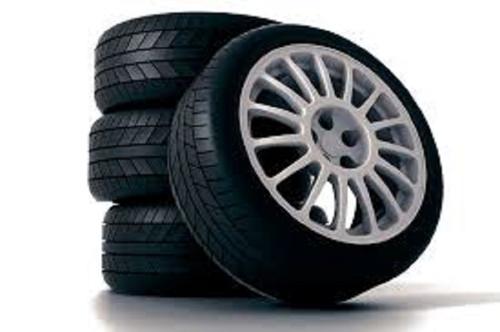
In the case of pre-owned cars however, the scenario is slightly different. One rarely can choose the tyres their car comes with. Which is why, one has to be particularly careful. So with used cars, the first thing to do is give the tyres a thorough check. If it is indeed the older, tube-type, it would be wise to immediately swap them out for the tubeless variety. Not only are tubeless tyres a lot better to drive on, but their puncture resistance makes them a lot safer too.
The size of the tyre can make a key difference to the way it drives. So check the sidewall for the markings which indicate the size of the tire. You could stick to the same if it is the OEM size, or you could upsize. Most owners benefit from a slightly wider contact patch of an upsize, the increased grip levels making road holding better. However, the key is to upsize sensibly. Going excessively wide may look good, but it will stress the suspension and other key components, besides driving down fuel efficiency due to increased drag.
Next up on the tyre buying tips list is the tread pattern on the tyres. Some tyres offer better grip levels on dry tarmac, but would struggle in the wet. Others would offer better grip off the road, thanks to their block tread pattern, but would result in increased road noise and so on. It is therefore best to choose the tyre that best suits your usage pattern.
The compound used in the construction of car tyres too makes a crucial difference. Softer compound tyres offer increased grip levels at the cost of longevity. They are also more susceptible to punctures and sidewall tears. Medium and hard compound tyres are more durable, lasting longer in tough terrain, but their grip levels are much lower in comparison.
The brand of choice also matters when it comes buying tyres for your car. Each brand has its USP’s and car owners too have their preferences. Some prefer domestic brands, others go with the imported types which are built to more stringent global standards.
Warranty conditions too are an integral part of the tips for buying new tyres for your car. Tyre manufacturers often cite the harsh road conditions when disputing warranty claims. However, some tyre manufacturers are pro-active when it comes to settling claims, offering brisk returns and exchange policies.
The potential of your wallet is a critical factor in the tyre purchase decision. After-all it is one thing to want a high performance tyre for your car, but if your wallet is thin, then all you can do is go with a more reasonably priced one. Thus, tyre buying is a compromise of many factors and each one has to take a call on what is best suited to them. Hopefully, the pointers above should help make things easier on how to choose the right tyre for your car.



